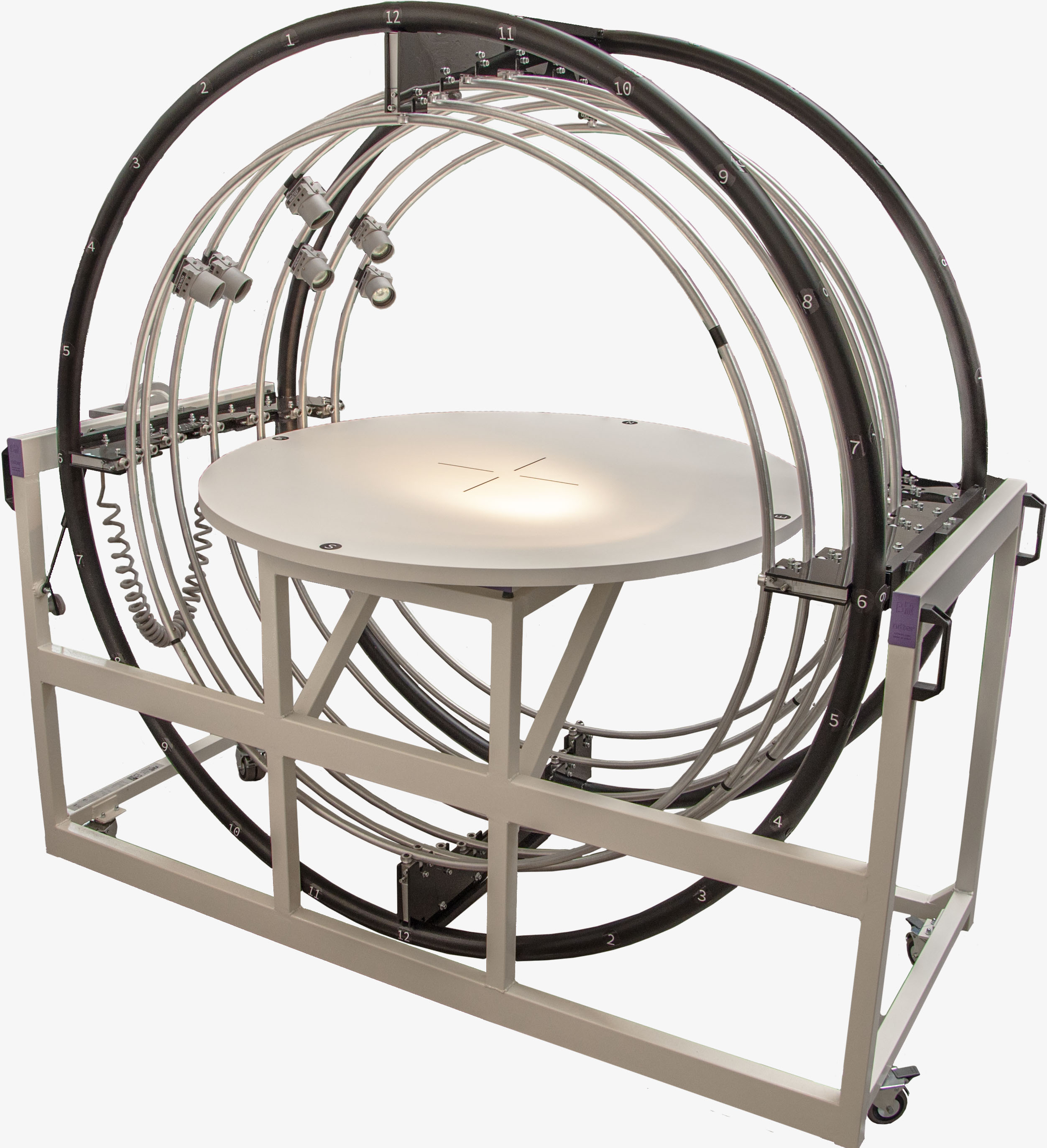Beta nit announces a new manual heliodon called Orchard

We are pleased to announce that our Heliodon series has been completed with a new manual heliodon called: Orchard.
Orchard Heliodon is an easy and intuitive sun emulator for single or group investigations, allowing for fast and engaging interactive exploration of the project.
Orchard Heliodon is a tool for sun shading analysis at any latitude and time, allowing for fast simulations with a level of accuracy sufficient for education and first stage design.
This type of heliodon was completely designed by us, but it draws its inspiration from the design of Professor Norbert Lechner (Auburn University, AL). Podestà of Nitter said: The works of Professor Lechner has been always of great inspiration for us, because his commitment to the diffusion and popularization of the best practices in the use of the solar source in architecture is secondary to no one. By example, his book Heating, Cooling, Lighting stimulated me to build my first heliodon and make my first physical simulation, when I was student of Architecture in Milan in the early '90.
, again: in 2007, we were extremely lucky when the president of CONASES, Mr. Cesare Silvi requested us to build around a dozen of heliodons from the sketches commissioned to Professor Lechner by GSES for the renovation of Museo della Civiltà Romana in Rome.
The Orchard Heliodon was in direct response to our client requests for a manual heliodon; until this time, we made only automatic (robotic) heliodons for advanced applications where one degree accuracy and repeatability is required.
Made 100% in-house, Orchard Heliodon is shipped ready to use. It can be illuminated by tungsten sources or LED sources for better comfort and less power consumption (10W versus 70W of the tungsten).
About Norbert Lechner
Norbert Lechner is Professor Emeritus in the College of Architecture, Design, and Construction at Auburn University and was a registered architect in the state of Alabama. His articles have appeared in Architectural Lighting and Solar Today. In addition to writing, he has lectured and held workshops in the United States, Europe, Asia, and the Middle East.
Heating, Cooling, Lighting. The book Heating, Cooling, lighting: Sustainable Design Methods for Architects, 4th edition, 2015, Wiley, by N. Lechner describes many solar strategies in depth emphasizing the low hanging fruit. The book also covers heliodons for the design of passive solar, shading, and daylighting. One of the leading references on the design of a building's environmental controls has just gotten better. For years, Heating, Cooling, Lighting has supplied architects and students with the strategies needed for initial design decisions for building systems. The book looks at how to design the form of the building itself to take advantage of natural heating, cooling, and lighting and how to best utilize active mechanical equipment to satisfy the needs not provided by nature.
About GSES/CONASES
In 2006, the "Italian National Committee 'The History of Solar Energy'" (CONASES), a multidisciplinary non-profit entity, was established by the Italian Ministry for Cultural Heritage and Activities, following a proposal by the Group for the History of Solar Energy (GSES). Mr. Cesare Silvi, mechanical engineer, is the president of GSES.
The Museum of Roman Culture unites in its halls and extraordinary and rich display of various aspects of ancient Rome, documented in their entirety, through the combination of casts, models and reconstructions of works conserved in museums throughout the world and of monuments from all over the Roman Empire. The museum was inaugurated in 1955, but it had existed for a long time previously.
Media
-
 no description available
(582.8 KB).
no description available
(582.8 KB).
-
 F6
(693.0 KB).
F6
(693.0 KB).
Contact
betanit.com
Phone: +39 0523 650217
email: info@betanit.com